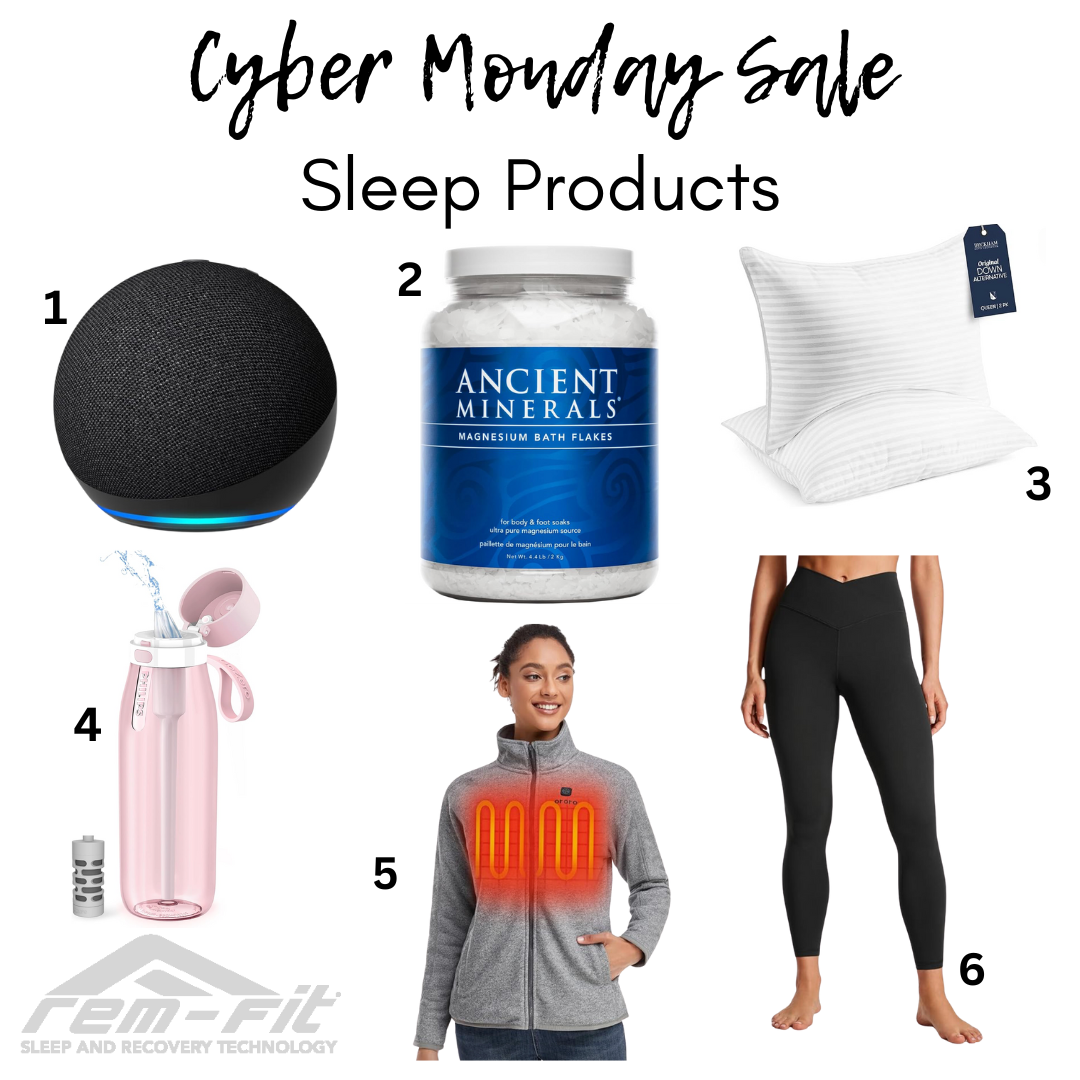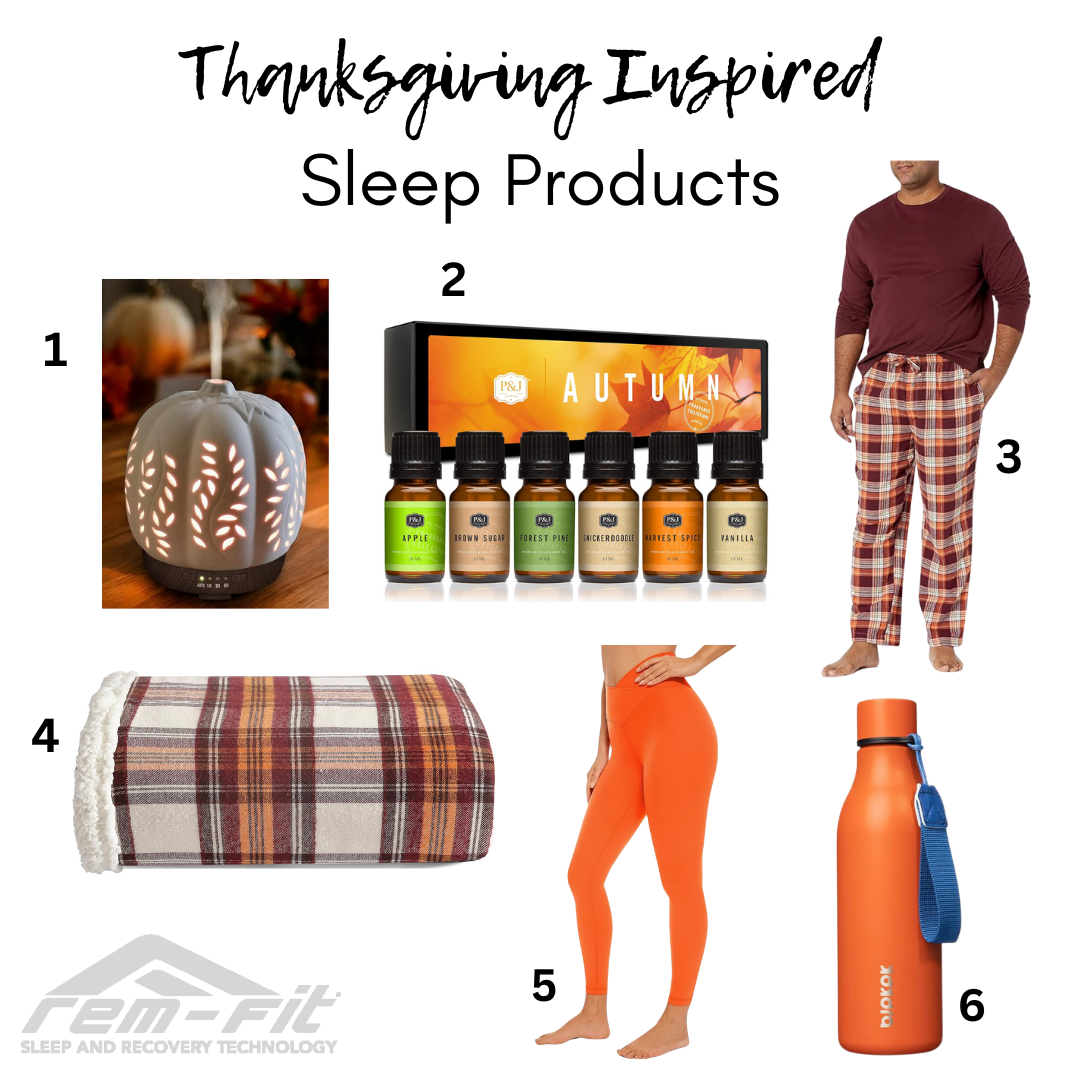
Sleep and Recovery for Weight Lifters
According to the Center for Disease Control (CDC), more Americans are exercising than ever before. More specifically, many Americans have turned to weightlifting as their preferred workout. In fact, Olympic style weightlifting has seen a resurgence in recent years. Naturally, this is good news. More Americans consistently exercising could drastically bring down our national health costs, however, while many more people are engaging in this form of exercise, few are pairing their new workouts with proper post-workout habits.
Taking the proper steps post-workout can significantly amplify the benefits of each workout while helping to ensure healthy recovery that will allow for more intense and consistent training. To understand the importance of a good post-workout ritual, we need to understand what a hard workout does to you.
What Weight Lifting Does to You:
Lifting places tension on tendons and muscles that is compounded by focused, repeated movements under load. The sign of a good lift is general soreness caused by micro-tears in your muscle fibers and the accumulation of lactic acid throughout these fibers. This can lead to stiffness and soreness, even a few days after a workout, which is known as Delayed Onset Muscle Soreness (DOMS). What’s more is that muscle fibers actually tighten-up post workout, if left unchecked this can lead to a limited range of motion and general inflexibility.
Benefits of a Post-workout Routine:
There is a reason why Lebron James has a full-time recovery coach. Lifting is great, but you’ll never reach your full potential if you ignore post workout techniques. By helping your body replenish itself and repair damaged tissue, you’ll actually be helping your muscles grow even faster! Not only will proper recovery, in effect, double the productivity of your workout but it will also help prevent injury. So, to recap: proper recovery techniques equal bigger muscles, more effective workouts, and fewer injuries. Downside? There is none.
What You Should Be Doing:
The number one post recovery technique is simple and, unfortunately, not sexy: stretching. Stretching helps, obviously, with flexibility and muscle pliability. If you aren’t stretching regularly, you’re limiting your strength and muscle growth. That’s because limited range of motion stunts your overall strength. It’s like a boxer only able to pull his hand back six inches; it’s going to limit the amount of force he can generate. Stretching also soothes muscular tension while diminishing overall soreness. More strength, less soreness is what stretching brings to the table.
Another very important aspect of recovery is what you put in your body. Workouts burn hundreds, if not thousands of calories. If you don’t replace the energy stores that you just burnt, your body will turn to your muscles and other stores for energy. By giving your body the fuel it needs, muscles will grow faster and you’ll be able to work out more. Not a bad combination either.
Next comes massage. Massage plays an important role in helping flush accumulated lactic acid from your muscles by pressing, rolling and squeezing it out. This excess acid is expelled by your body harmlessly. But whether you’re laying on the table, rolling, or rubbing your muscles yourself, maintaining proper hydration levels is essential to flushing lactic acid out.
Last and absolutely not least is the importance of sleep. That’s actually the time when your body does the vast majority of recovering. Sleep is so important that professional sports teams, from the NBA to the Premier League are investing in sleep. Today, there are six-figure sleep coaches and multi-million dollar sleep centers all over professional sports. That’s because their research tells them that sleep is vital in maximizing their performance and recovery.
Thankfully you don’t have to pay millions to get a good night’s sleep. With the proper pre-sleep rituals, a pillow that’s fitted to provide proper spinal alignment, and a mattress that delivers the support you need, proper sleep recovery is easily within reach.
Also in Blog

Cyber Monday Sleep Deals

Turkey and Cranberry Quesadilla's: Promote Sleep and Use Leftovers!
Turkey has long been known to help you feel sleepy, thanks to it containing tryptophan. If you have extra turkey and are looking for a quick dinner to help you feel sleepy tonight, try this quesadilla!


